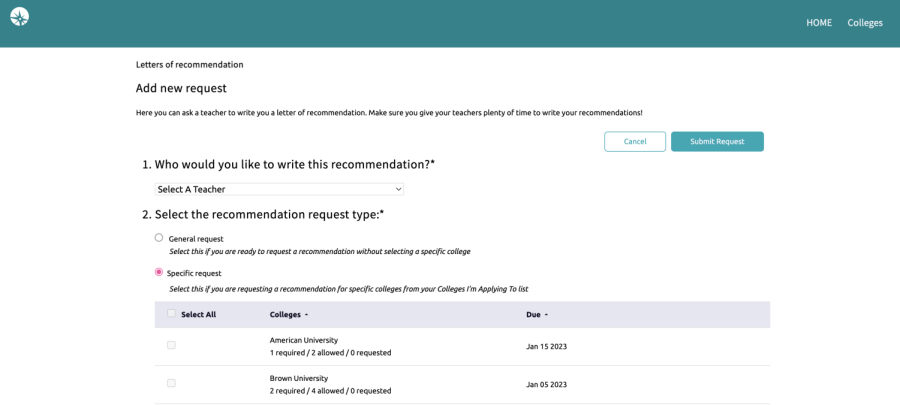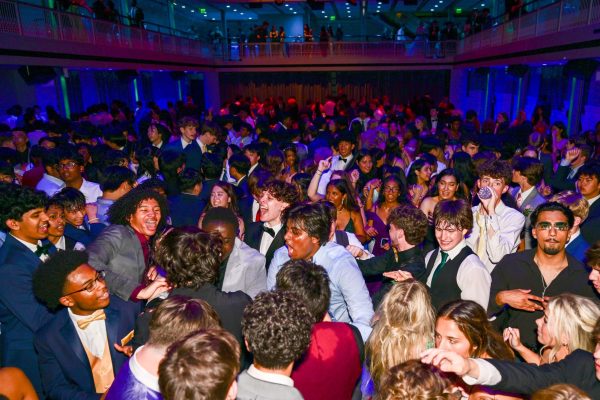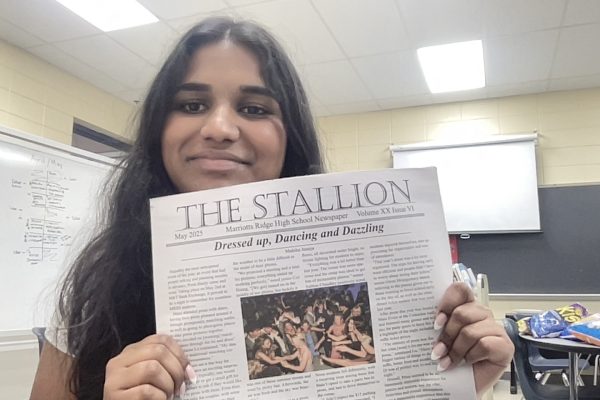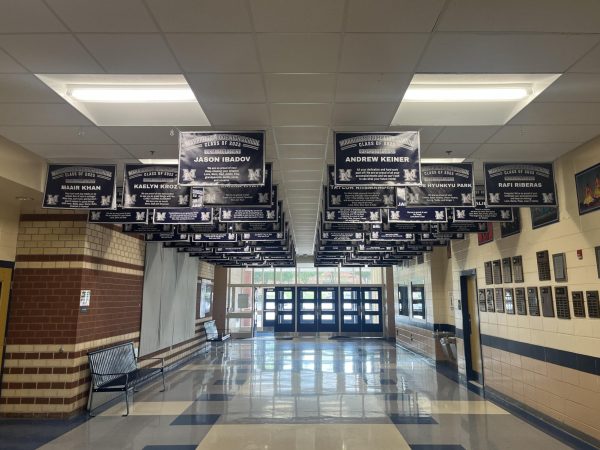Teacher Recommendations are around the Corner
As the school year transitions into the second semester, juniors are beginning to prepare for the college application process. Students will have to ask teachers for letters of recommendation to add to their college applications.
When applying to college, students have to consider their extracurriculars, standardized test scores and resumes. One of the major make-or-breaks of the application are the teacher recommendation letters. Not only is a counselor recommendation required, it is also vital for students to obtain two letters from teachers. Some colleges may only require one teacher recommendation, but it’s suggested that students get two in case the college requires more. Many students either do not understand the recommendation process or are afraid to ask their teachers, but the process is actually simplistic. The process follows three steps. First, students should talk to teachers with whom they share a good relationship. They should also make sure to have multiple recommendations in mind in case a teacher declines.
“Make sure you have a good relationship with them before you ask, and keep in mind that like even if they say no, it’s okay because they probably have … hundreds of kids asking them like to do this and just …have a backup plan,” senior Mia Dehart explained.
This sentiment is further emphasized by teachers.
“Try to ask teachers that they can make sure that they know why they’re asking that teacher. Particular things that make them different from other students in the class. It’s good if you have a good relationship with that teacher. It’s not just you know you work hard in the class and do all that you’re supposed to do. You have to kind of stand out in a way that makes it easier to write [the letter],” Mr. Flynn said.
Once the teacher agrees to write the recommendation, students will have to fill out a survey in Synergy. Students should be as detailed as they can be when filling out these surveys because the recommendation letter is based off of what’s written in the survey responses.
“Be honest and tell them all your pros and your cons about yourself,” senior Mckenzie Moon advised.
After students have completed these steps, the teacher will then log into Naviance and send off the recommendations to the universities that student applied to.
Inspite of the steps given to request and guide in writing recommendation letters, students may still have trouble knowing when and how to approach their teachers.
“I just pulled them aside because it’s more private and you don’t want everyone to know, and then I kindly asked them, and explained to them why I chose them, and then [asked if] they would write my letter,” junior Brynne Mellady shared.
Furthermore, if a student is too nervous to approach their teacher in person first, they could always reach out over email and then speak in person.
“I emailed the teacher asking if I could talk to her about it. And then I just spoke to her about it [in person]. And she said, she would… then she mentioned that I have to fill out the survey in the summer and that’s it,” junior Neda Al-Bustani shared.
Timing is another key aspect of this process. Juniors should begin to get an idea of which teachers they should ask for recommendations by January. By the beginning of senior year, students should have asked and filled out the survey for their teacher and guidance counselor.
For students who are worried about how their teacher will respond, it is important to remember that most teachers have done this in the past.
“Usually, the students, hopefully during their junior year, will ask if I can write a recommendation. Usually I say yes, sometimes I get to a certain number where I’m doing too many…There have been incidents in class where I said, ‘You know, you might want to see if you can get somebody else to do it’ because you remind them of things that happen, but I usually say yes,” Flynn said.
Juniors should start the detailed process of teacher recommendations now and follow the steps so that the process will go off smoothly.
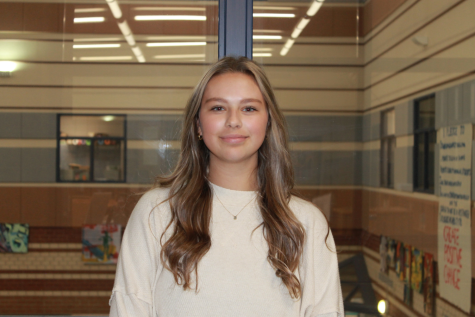
Hey! My name is Emily, and I'm a junior. I'm so excited to join the newspaper this year. Outside school, I love to read, hang out with friends, watch TV,...


